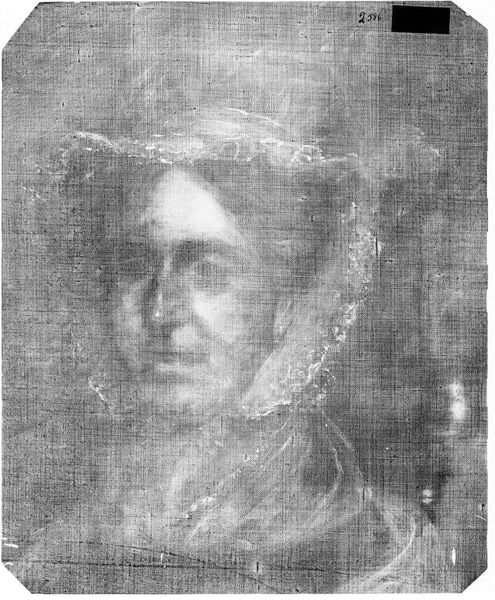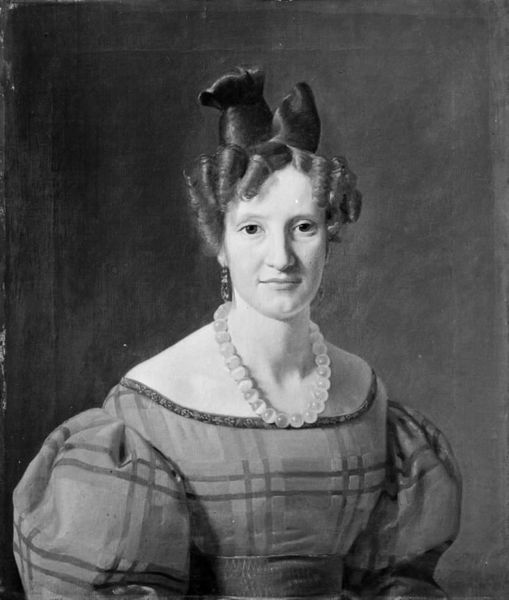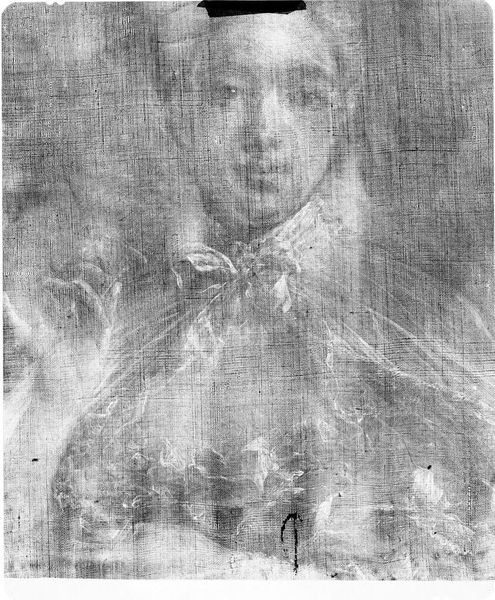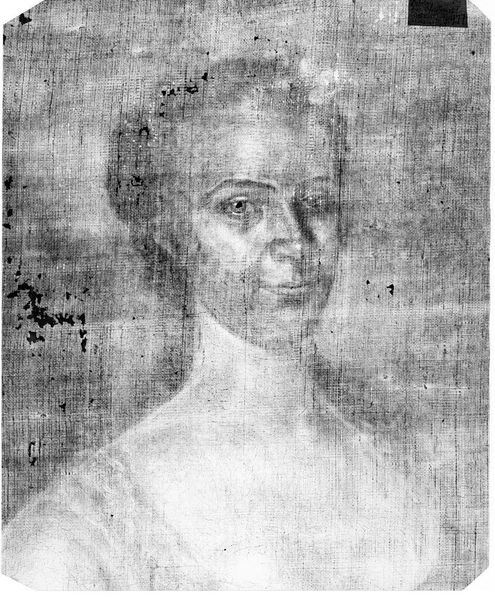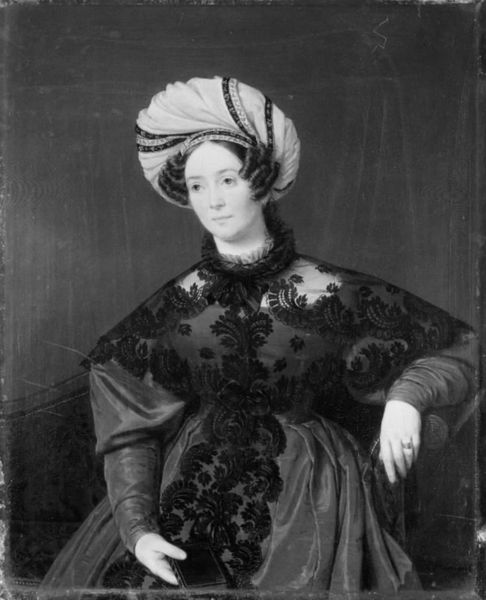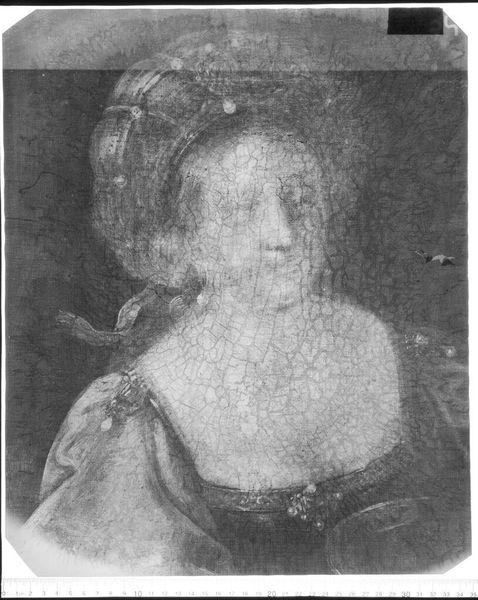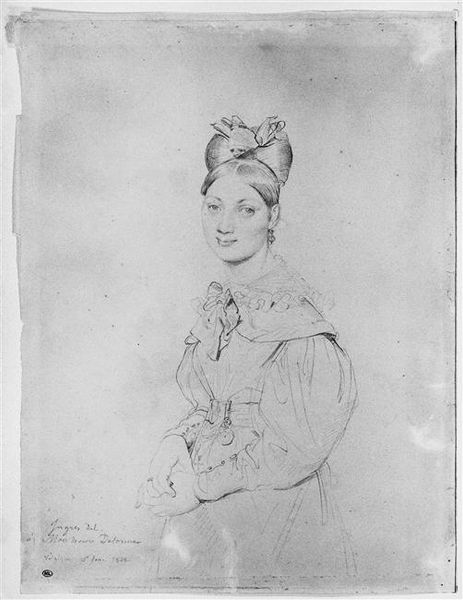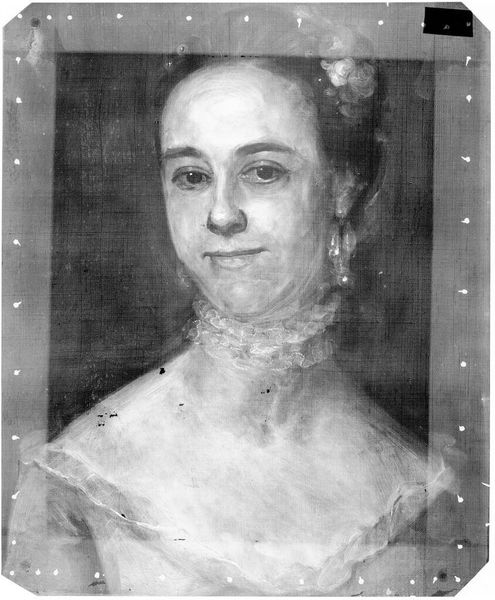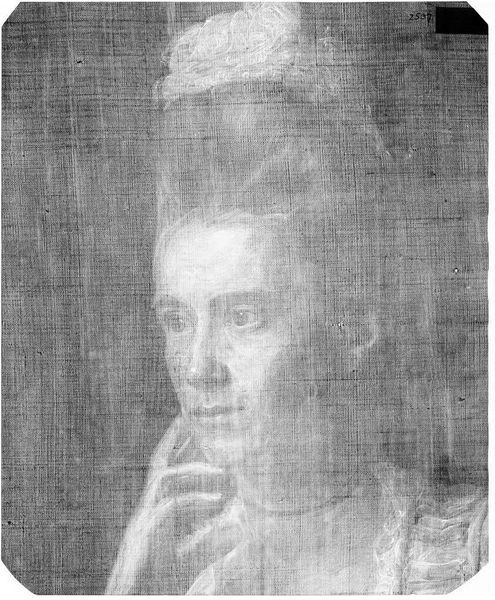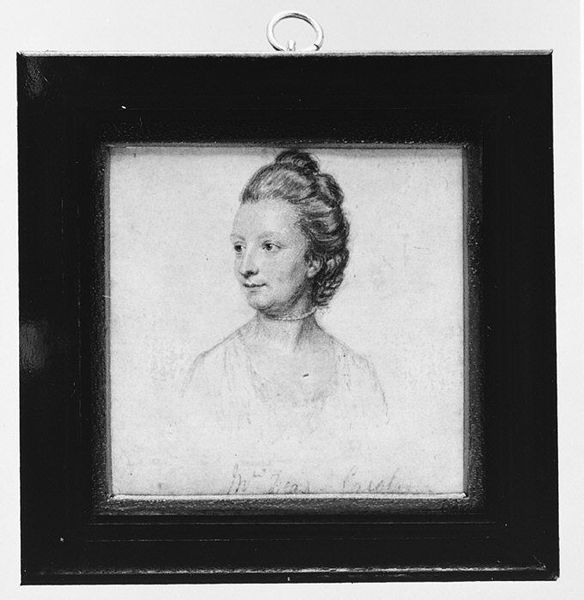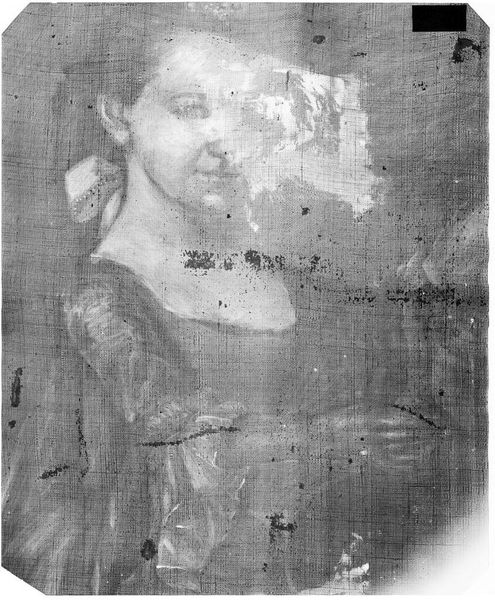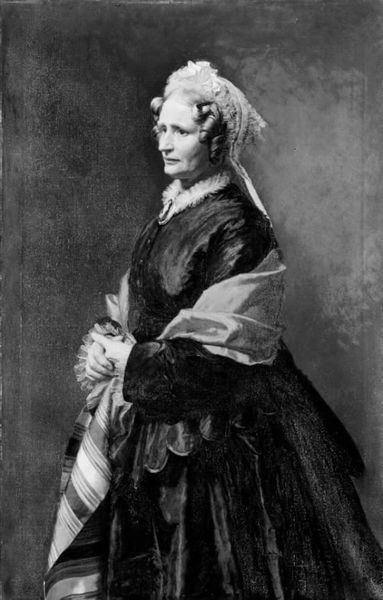
panel, painting, charcoal
#
portrait
#
neoclacissism
#
panel
#
painting
#
charcoal drawing
#
charcoal
#
history-painting
#
academic-art
#
decorative-art
#
charcoal
Dimensions: H. 8 3/4 x W. 6 3/4 inches (sight) (22.2 x 17.1 cm)
Copyright: Public Domain
Editor: This panel, a charcoal painting dating back to sometime between 1800 and 1815 and attributed to Gaspard Grègoire, strikes me as a very traditional Neoclassical portrait. What aspects of the work catch your eye, especially considering the materials used? Curator: Well, the choice of charcoal on panel immediately prompts questions about accessibility and artistic intention. Charcoal, being relatively inexpensive, suggests a democratizing impulse in portraiture. Was this a preliminary study, or a more affordable alternative to oil paint for a wider audience? The wood panel also speaks to material availability and the infrastructure of artistic production at the time. Editor: So you're saying the choice of materials wasn't just aesthetic, but possibly related to economics and audience? Curator: Precisely. Consider the labor involved in preparing the panel, sourcing charcoal, and the implications for the artist's social standing. Was Grègoire aiming for the elite salons or a more middle-class patronage? And what does the monochromatic palette tell us about the consumer culture of the time, versus, say, the opulent displays of the aristocracy? Editor: That's a fascinating perspective. I hadn't considered the economic implications of material choice in that era. I was focused more on the aesthetic choices... Curator: Neoclassicism itself was, in a sense, a "material" movement, appropriating the aesthetics of ancient Greece and Rome. We should consider this in context of the historical conditions. What socioeconomic factors contributed to its prevalence at this time? This aesthetic movement became fashionable but the use of charcoal is more down to earth than something like gold-leaf or marble. Editor: So by examining the 'how' and 'why' of its creation, we can move past just viewing the 'what'. Thanks, I’m going to remember that. Curator: Indeed! Exploring these questions help us to have a much richer and fuller understanding of any art piece.
Comments
No comments
Be the first to comment and join the conversation on the ultimate creative platform.

